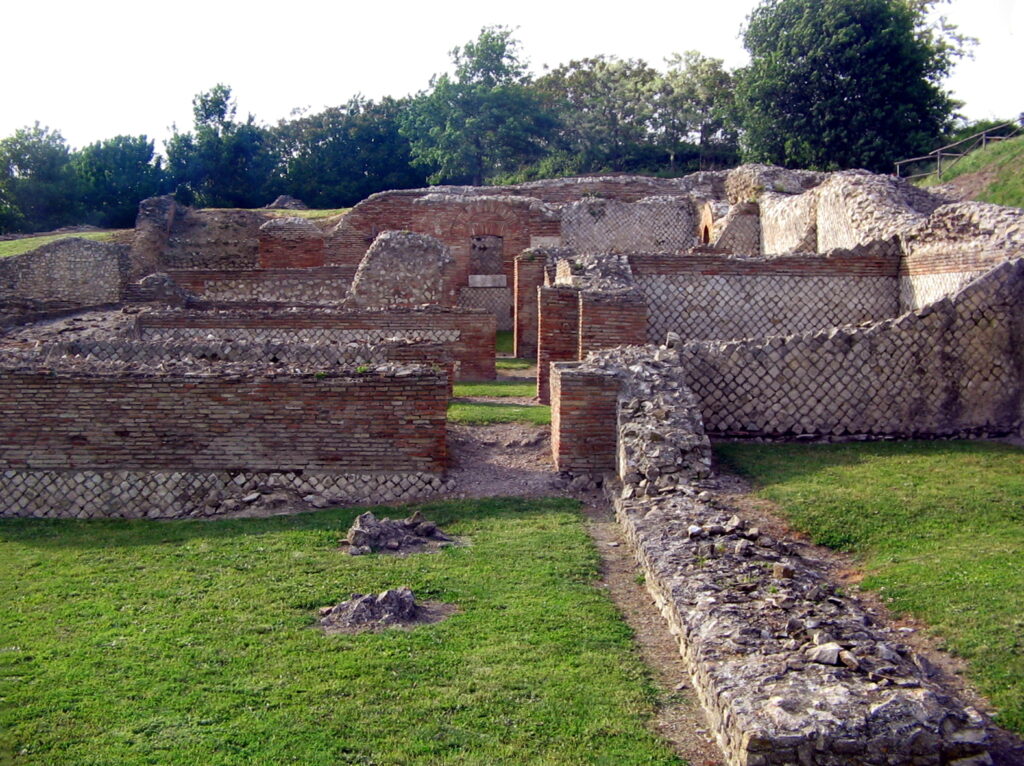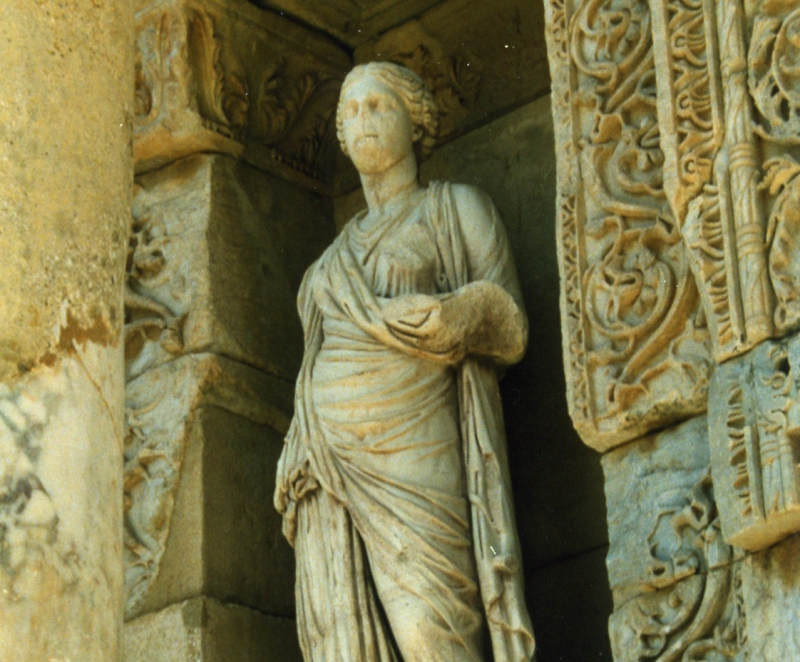Focus On: (388) Charybdis
Name origin: Greek sea-monster, daughter of Pontos and Gaia. Kharybdis presided over a whirlpool guarding the Strait of Messina and was likely the cause of the tides with her thrice-daily intake and expulsion of large amounts of water.
Focus On: (388) Charybdis Read Post »










